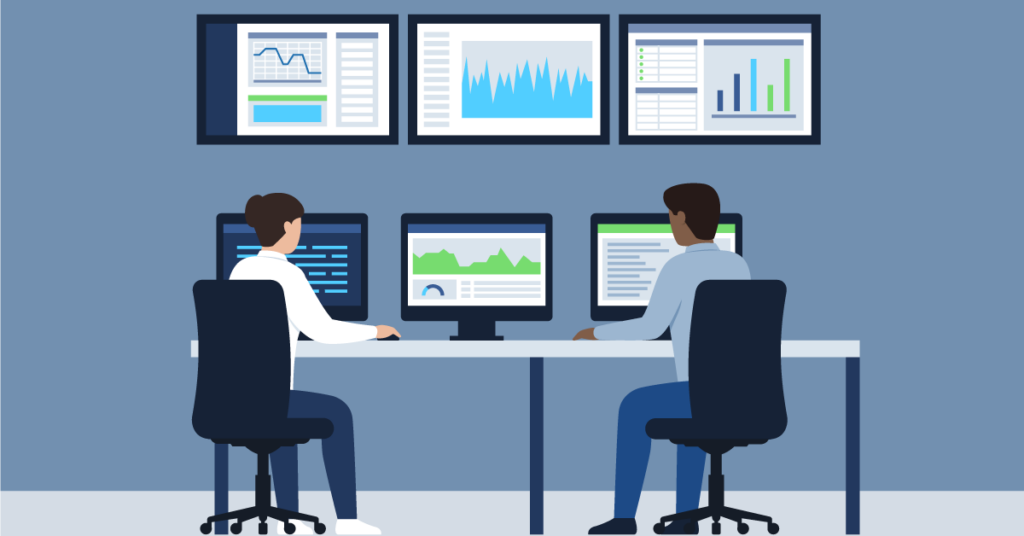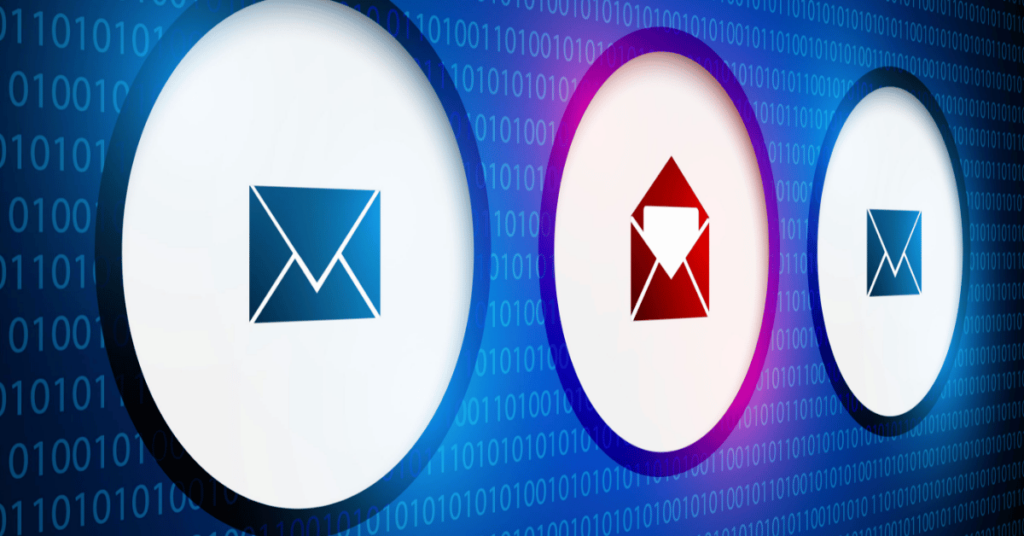Managed Service Provider (MSP) Best Practices to Supercharge Your Clients’ Security
For an MSP with a wide range of clients, you not only have to secure multiple endpoints, networks and cloud environments but also put up a strong wall against an increasingly sophisticated threat landscape.
Let’s explore the latest security threats and MSP best practices to boost your — and your clients’ — cyber resilience.
Emerging Threats in Cybersecurity for Managed Service Providers (MSPs)
MSPs are up against a constantly changing threat landscape to protect diverse customer setups. The top emerging security threats for MSPs to be aware of include:
| Threat | Consequences |
| Supply chain attacks | Threats originating in the supply chain compromise the integrity of software, hardware or services that MSPs deliver to their clients. |
| Ransomware as a service (RaaS) | The pre-configured infrastructure of RaaS makes it easier for attackers to launch ransomware campaigns, increasing the risk of disruption of services and financial losses for both MSPs and their clients. |
| Zero-day exploits | These attacks target a previously unidentified security flaw. If not addressed promptly, zero-day exploits lead to unauthorized access, data breaches and potential widespread damage. |
| Advanced persistent threats (APTs) | These are sophisticated, long-term attacks aimed at obtaining valuable information from specific organizations, industries or entities. APTs result in persistent unauthorized access, data exfiltration and compromise of critical systems. |
| Credential stuffing | Attackers take advantage of the fact that many people reuse their credentials. After stealing a username and password, criminals use the information to compromise accounts on other sites. |
| Fileless malware | These attacks evade traditional antivirus detection, making it challenging to detect and mitigate. Fileless malware leads to stealthy and undetected compromises and data theft. |
| DDoS attacks | Attackers use multiple compromised systems to flood a target system, service or network with a massive volume of traffic. DDoS attacks result in temporary or extended periods of service downtime. |
| Business email compromise (BEC) | BEC involves email-based attacks that target business processes and financial transactions. Successful BEC attacks result in financial fraud, unauthorized fund transfers and compromise of sensitive business information. |
10 Cybersecurity Best Practices for MSPs
As your clients continue to grow, there is a corresponding increase in the number of endpoints, networks and cloud environments that create a larger attack surface for you to guard. This growth also amplifies the need for standardized MSP best practices to secure all your clients, regardless of size, complexity or uniqueness.
Let’s look at the top ten best practices of cybersecurity for MSPs:
1. Understand Your Clients’ Security Needs
Each client has unique business operations, industry-specific challenges and regulatory compliance requirements. By understanding these specific needs, you can tailor your security solutions to address each client’s distinct vulnerabilities and threats. This way, you prevent unnecessary spending on generic solutions that may not fully address the client’s unique risks.
2. Conduct Periodic Risk Assessments
Regular SaaS security risk assessments help identify potential vulnerabilities and threats within your clients’ environments. These assessments analyze a wide range of risks, including data security, access controls, compliance with regulatory standards and the overall resilience of SaaS platforms. With this proactive approach, you can mitigate risks before they can be exploited.
3. Monitor and Detect Threats
Proactive threat monitoring and detection involves the continuous surveillance of network and system activities to identify and respond to potential security incidents. Using user behavioral analysis, such as unusual login locations, access patterns or data transfer volumes, MSPs can identify deviations from normal user activities and system behavior, spotting possible breaches before they can lead to data loss.
By deploying SaaS security software like SaaS Alerts, you can configure internal tools to generate automated alerts for potential security incidents or even set up automation rules to immediately lock down accounts when a breach is suspected. Alerts can be prioritized based on severity to reduce alert fatigue.
4. Establish Clear Security Roles and Responsibilities
Clearly delineating who is responsible for what aspects of security makes it easier to manage, monitor and respond to potential threats. Establishing distinct security roles and responsibilities internally ensures that all facets of your clients’ infrastructure, data and operations are protected against potential threats.
5. Implement IAM Policies
You should implement strong identity access management (IAM) policies in your clients’ network to ensure only authorized individuals can access specific company resources. It involves secure authentication, least privilege principles and continuous monitoring of user access.
6. Segment Client Networks
Network segmentation involves dividing a network into segments to limit the lateral movement of bad actors in the event of a security breach. With this strategy, MSPs isolate each client’s network, preventing unauthorized access in the event of a security incident affecting one client.
Going a step further, MSPs can also implement micro-segmentation to isolate individual devices or applications of each client.
7. Execute Data Loss Prevention Policies
Employ a comprehensive data loss prevention (DLP) strategy to mitigate the financial and operational risks of data loss. Effective DLP involves using data discovery and classification tools to automatically identify sensitive data across the network, even in unstructured data.
For MSPs managing cloud environments, consider leveraging cloud-based security measures such as Office 365 Data Loss Prevention. These solutions monitor and protect data across cloud platforms, ensuring consistent security policies.
8. Implement Data Backup Strategies
Establishing robust data backup and recovery strategies mitigates the impact of data loss due to cyber incidents, hardware failures or other disasters. Conduct regular backups of critical data, including databases, files and configurations. The frequency of backups should align with the data’s criticality and the rate of change.
You can also configure security alerts to notify administrators of any failures or abnormalities in the backup process, enabling prompt corrective action.
9. Train Employees
Human error is the most common reason behind cybersecurity incidents. In fact, 74% of data breaches involve a human element through social engineering attacks, errors or privilege misuse, according to Verizon.
MSPs should provide comprehensive training programs catered to their clients’ employees to increase awareness of cybersecurity best practices, such as recognizing phishing attempts and following secure procedures to protect client data.
10. Develop an Incident Response Plan
An incident response plan outlines the procedures and actions that the MSP will take in the event of a cybersecurity incident. A well-prepared plan helps in identifying the attack, isolating systems and mitigating the risks. Early detection and containment measures outlined in the plan can prevent a minor incident from turning into a widespread security breach.
Bonus Tip: Implement Expert SaaS Security Tools
Implementing a specialized cybersecurity tool like SaaS Alerts provides MSPs access to continuous monitoring and automated remediation for securing cloud-based solutions. This collaboration serves as best practice for MSPs in the following ways:
- Unified security management: SaaS Alerts provides a centralized dashboard for managing and monitoring security across multiple SaaS applications and clients.
- Continuous monitoring and detection: Our platform offers advanced threat detection capabilities, allowing MSPs to quickly identify, assess and respond to security incidents.
- Security alerts: MSPs receive alerts and notifications for suspicious activities, unauthorized access or potential security threats within SaaS applications.
- Integration capabilities: SaaS Alerts integrates with popular cloud applications as well as internal MSP tools for comprehensive security.
- Automated remediation: With our platform, MSPs create customizable rules that trigger automated remediation actions to respond instantly to identified threats or security incidents.
Our platform also delivers actionable insights and detailed Microsoft security recommendations for risk remediation.
Start your free trial to proactively implement MSP best practices.
Related posts

Written by Kelly Teal at Channel Futures on February 8, 2021 https://www.channelfutures.com/channel-business/saas-alerts-jim-lippie-msps-have-been-waiting-for-something-like-this-https://lnkd.in/eBaqw46https://www.channelfutures.com/channel-business/saas-alerts-jim-lippie-msps-have-been-waiting-for-something-like-this-

For managed service providers (MSPs), navigating the different aspects of IT support for clients is a constant juggling act. From being a subject matter expert to providing constant customer service, every facet demands attention to retain clients. With your plate nearly full with these key functions, cybersecurity for MSP often takes a backseat, which can […]

A survey of cybersecurity leaders revealed that 94% of organizations were negatively impacted by email security incidents in 2023. As cyber threats evolve, MSPs must prioritize robust email security to effectively protect their customers’ data. This blog explores widespread email threats, choosing the right MSP email security tools and best practices for their implementation. What […]




